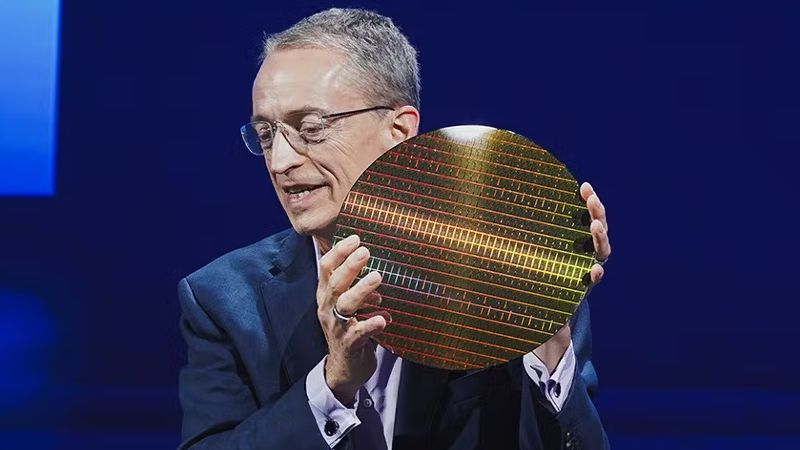For Michelle, Johnston Holthaus and David Zinsner (David Zinsner), the recent quarterly report became the first event of the kind at which they performed on behalf of the Intel Director General. They used this opportunity for a story about the company’s plans for the next year, which implies the announcement of Nova Lake processors.

Image Source: Intel
Before that, however, it was repeatedly said that in the client segment, the Panther Lake processors produced using Intel 18A technology will begin to be supplied in the second half of this year. Moreover, Clearwater Forest server processors using the same manufacturing technology will be represented in the first half of the year. As Michelle Johnston Holthouse made it clear, in 2026, the supply of Panther Lake processors has reached significant volumes, and the company will also present the next generation of client processors under the convention of Nova Lake. “Both (families) will provide high performance throughout the PC line with significantly improved costs and profitability for us, improving our competitive position and increasing the benefits of offers for our partners and customers,” Ms. Holthaus described the new product.
The announcement of the new generation of processors in the second half of the year for Intel is a kind of tradition, and the current leadership of the company, apparently, does not want to violate it. Samples of Panther Lake processors are already delivered to the company’s customers, as it became known at the beginning of last month. Intel’s relevant generations are forced to produce mainly TSMC forces, but with the output of Panther Lake, crystals produced using Intel 18A technology will be written down on their own conveyor of the processor giant. Nevertheless, even in the case of later processors of Nova Lake, the company will combine the release of their components on its own and through TSMC, as Holthouse emphasized.
What will be used for the release of NOVA Lake components is not specified, but earlier rumors attributed to these chips the latest Intel 14A, which will already require the use of equipment for EUV-Litography with a high numeric aperture (HIGH-NA). As you know, Intel, among the first, began to receive the suitable lithographic scanners from ASML for this, but this was even under the previous general director Patrick Gelsinger, in the photo above).
In September last year, Intel endowed the contract division of Foundry with greater independence, appointing the composition of a separate board of directors. According to Holthaus, Intel regards the proposals of this unit along with external contractors, and “court” manufacturers have to win the customer’s location on a common basis. Nevertheless, as she admitted, “an Intel’s overall success recipe is a combination of a stronger grocery unit and a more competitive Intel Foundry”. Success in attracting external customers will come to Intel Foundry gradually, since at the initial stage the volume of production will not be large. In this sense, companies will have to gain customer trust.
The financial director David Zinsner added that according to the results of last year, Intel Foundry received a revenue of $ 18 billion, and already this fact allows us to consider its second largest in the world even among “purely contract” manufacturers. True, the net losses of $ 13 billion have not yet allowed to talk about the success of the Intel contract business, but by the end of 2027 it is planned to be brought to operational breakthrough. According to the “Law on Chips” in the United States, the company’s 7.86 billion subsidies have already managed to get a total of $ 2.2 billion from the country’s authorities in the previous two months.